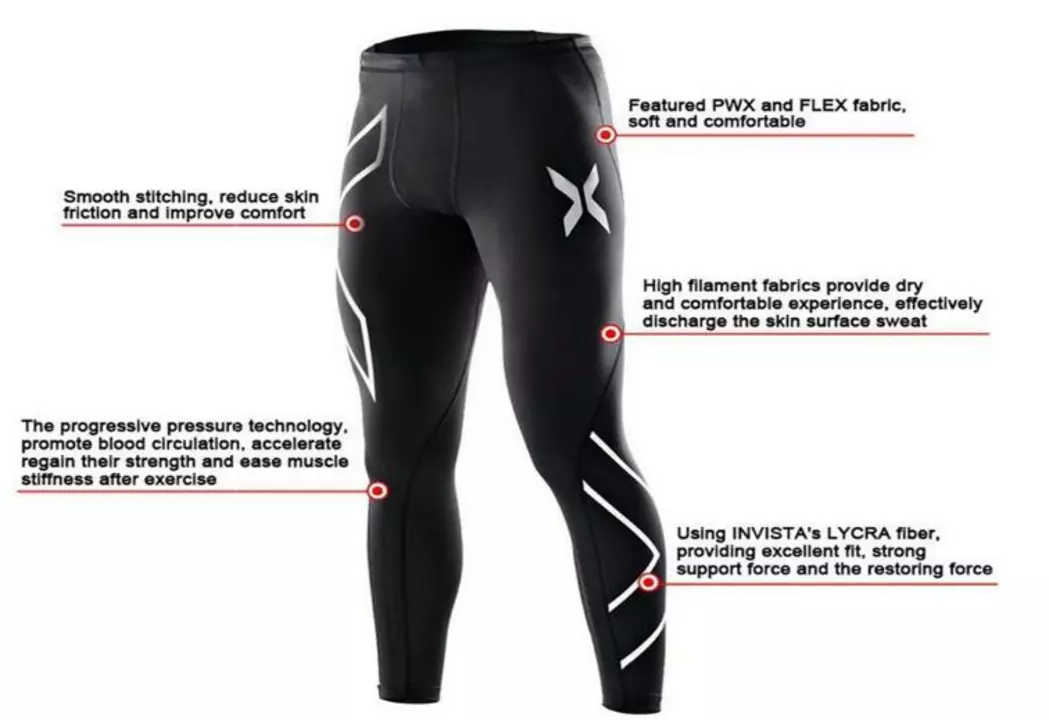Boost Your Comfort on Every Run and Ride
Ever finished a run or a bike ride feeling sore, cramped, or just plain uncomfortable? You’re not alone. Small tweaks to your gear and technique can turn an unpleasant workout into a pleasant one. Below are three easy steps that anyone can add to their routine for instant comfort gains.
Pick the Right Bottom Layer
Whether you’re cycling on a commuter route or jogging through the park, the first thing your skin feels is your underwear or base layer. A snug but breathable chamois pad in cycling shorts can cut friction and prevent hot‑spots. For runners, moisture‑wicking shorts or tights keep the area dry and reduce chafing. Look for fabrics with a blend of polyester and elastane – they stretch without bunching and dry fast.
Adjust Your Bike Fit
A bike that’s too tall, too low, or has the wrong handlebar reach will force you into awkward positions. Start by checking saddle height: when you sit on the pedal at its lowest point, your knee should have a slight bend, not a full lock. Next, tweak the handlebar height so you’re not hunching over; a relaxed back reduces strain on your shoulders and neck. If you’re unsure, a quick visit to a local bike shop can save you hours of discomfort later.
Running shoes work the same way. A shoe that’s too tight squeezes the toes, while one that’s too loose lets the foot slide, causing blisters. Use the thumb test: there should be enough room to slide a thumb between your longest toe and the front of the shoe. Replace shoes every 300‑500 miles to keep cushioning effective.
Mind Your Posture and Core
Good posture isn’t just for office workers – it’s crucial for active comfort. When you ride, keep your elbows slightly bent and shoulders relaxed. Imagine a gentle “tent” shape with your torso, hips, and bike frame. On the run, aim for a tall spine, eyes forward, and a slight forward lean from the ankles, not the waist. Engaging your core stabilizes the pelvis, reducing pressure on your lower back and hips.
Adding a few minutes of core work each week—planks, dead bugs, or simple bike‑specific drills—pays off as less wobble and fewer aches during long sessions.
Finally, don’t forget recovery. A quick stretch after each workout, especially for the hip flexors, calves, and lower back, keeps muscles from tightening up. If you can, roll out tense spots with a foam roller or a massage stick. Consistency here means less stiffness and more comfort on the next outing.
Comfort isn’t a luxury; it’s a baseline for performance. By choosing the right base layer, fine‑tuning your bike or shoes, and keeping your posture in check, you’ll feel better, ride farther, and enjoy every mile. Give these tips a try on your next workout and notice the difference right away.


